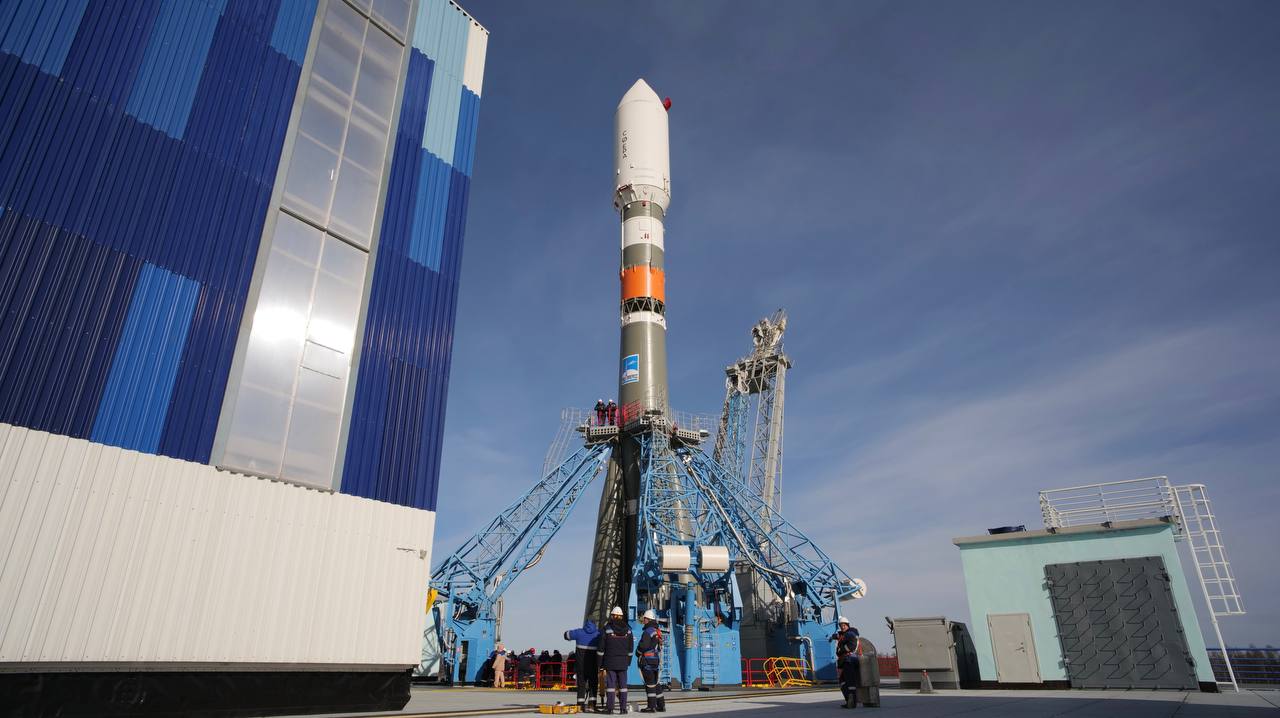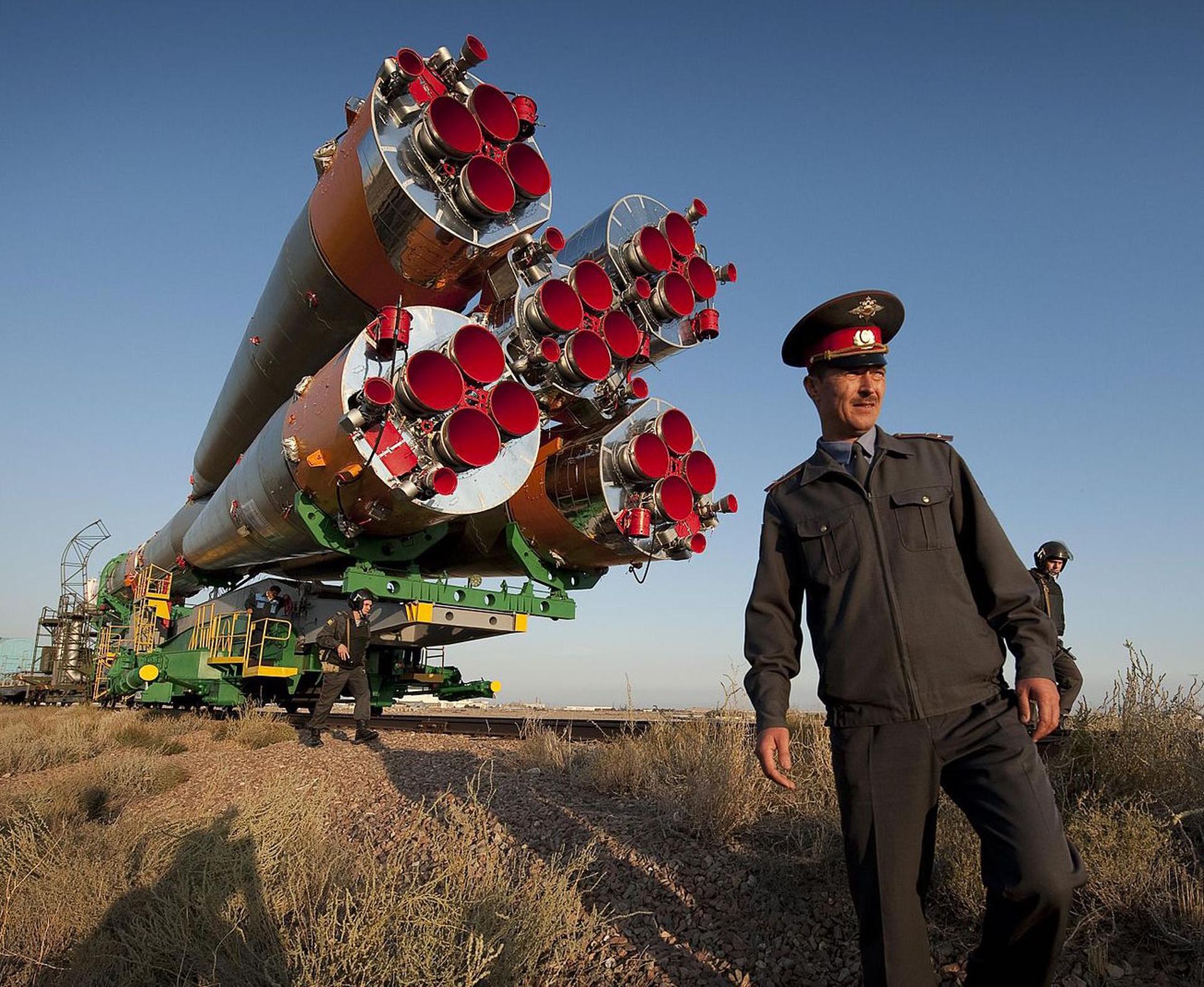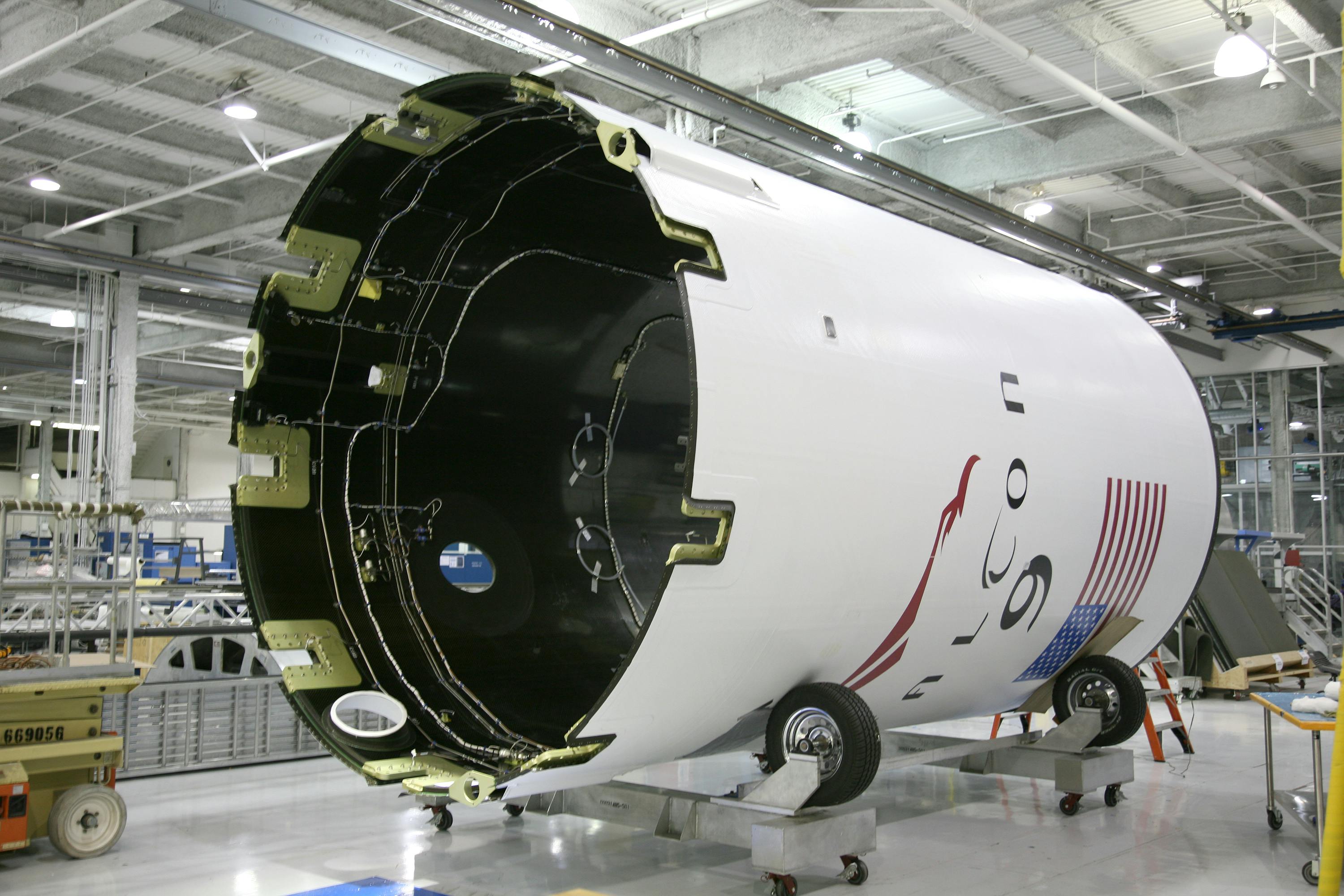· space brief · 5 min read
Space Brief 28 Aug 2025
Today's briefing covers collaborations enhancing defense capabilities, new satellite technologies entering the market, and strategic shifts in military satellite applications.

📄Top Stories
Today’s top stories highlight a range of defense-focused advancements in space and satellite technology. Key developments include Spirit Electronics’ new distribution agreement, XTAR’s plans to expand in the U.S. defense market, and the Army’s transformation initiatives impacting intelligence and surveillance capabilities.
📰Detailed Coverage
Spirit Electronics Brings Ruggedized Solutions to Aerospace and Defense
Spirit Electronics has entered a strategic agreement with Kontron to distribute ruggedized products aimed at enhancing aerospace and defense sectors. These products, known for their robust performance in extreme environments, are designed to meet the growing needs of military applications.
This partnership underscores the crucial role of durable and reliable technology in defense operations, highlighting the increasing demand for advanced electronics capable of withstanding harsh conditions, especially in satellite and space defense applications.
Read the full story: SpaceNews
XTAR Targets U.S. Defense Sector with Next-Gen Satellites
XTAR is poised to make a significant mark in the U.S. defense landscape with its next-generation satellites. In collaboration with Spain’s Hisdesat, XTAR plans to leverage new technology to secure Department of Defense (DoD) and allied contracts, offering enhanced communication and data transfer capabilities crucial for military operations.
These innovations promise to elevate satellite communications by providing secure and efficient channels, an essential feature for the rigorous standards of defense communications networks. Our web app could facilitate tracking these new satellite deployments.
Read the full story: SpaceNews
CapLink Array Revolutionizes Defense and Satellite Communication
The new CapLink Array from Assured Space Access Technologies Inc. is set to transform missile defense and satellite communication capabilities. Featuring a capacitive dipole design, this array offers broad frequency bandwidth and a wide field-of-view, enhancing radar missions and space-based communication systems.
This technology provides a dual benefit: improving missile defense accuracy and expanding satellite communication reliability, reinforcing the integration of advanced technology in tactical defense systems.
Read the full story: SpaceWar
Army’s Strategic Shift: From ISR Task Force to Transformation Directorate
The U.S. Army is transitioning its focus from the ISR Task Force to a newly formed Strategy and Transformation Directorate. This move is aimed at institutionalizing intelligence transformation processes while developing future strategies, which are critical for evolving defense operations.
This change signifies a commitment to long-term planning and adaptation in military intelligence to maintain technological and strategic superiority.
Read the full story: Breaking Defense
Advancing Autonomy: Army Explores Unmanned ISVs
The Army is partnering with three companies to develop unmanned Infantry Squad Vehicles (ISVs), seeking to integrate autonomous technologies into field operations. This initiative is set to explore the operational value and reliability of unmanned systems in enhancing ground force capabilities.
This project is a step towards incorporating more autonomous solutions in military operations, potentially reshaping the landscape of ground mobility and control.
Read the full story: Breaking Defense
🛰️Satellite Spotlight
- Satellite Name: POPSAT-HIP-1
- NORAD ID: 40028
- Launch Date: June 19, 2014
- Mission: POPSAT-HIP-1 is designed for technology demonstration, focusing on advancing technologies in satellite communication and micropropulsion systems.
- Orbit: Low Earth Orbit (LEO)
- Operator: MICSg
- Fun Fact: This 3U CubeSat was launched aboard a Dnepr rocket and utilizes cold gas micropropulsion, showcasing innovative propulsion technology for small satellites.
Track this satellite in real-time on our web app: Track POPSAT-HIP-1
🌌Space Weather
Current space weather shows High solar flux (226).
Current
R0 - S0 - G0
Last 24 Hour Maximums
R0 - S1 - G0
Recent Alerts
- An Extended Warning for proton flux above 10 pfu was issued, valid until August 27, 2025. Minor impacts on polar HF radio propagation are expected.
Next 24 Hours
-
Radio Blackouts Probability
- Minor: 60
- Major: 10
- Risk: None
-
Solar Radiation
- Probability: 50
- Risk: None
-
Geomagnetic Storming
- Scale: 0
- Impact: None
- Activity: Low
-
Impact Summary
- Next 24 hours: No risk of radio blackouts or solar radiation storms.
- No G1 (Minor) or greater geomagnetic storms are expected.
- The proton flux is expected to decline towards background levels with a slight chance for an S1 (Minor) solar radiation storm until August 30.
- Minor to moderate solar activity expected due to M-class flare activity; a slight chance for an isolated X-class flare.
Long Term Forecast
- Forecast of Solar and Geomagnetic Activity (August 25 - September 20, 2025)
- Overall low solar activity with varying chances for M-class flares through September 20.
- Proton levels predicted to stay below thresholds at geosynchronous orbit until September 20.
- Moderate electron flux expected at geosynchronous orbit on specific dates.
- Mostly quiet geomagnetic activity anticipated, with unsettled levels likely at certain periods, and active conditions possible with minor storming on specified dates. All increased activity correlates with coronal hole high-speed stream influence.
🚀Upcoming Space Launches
August 28
- SpaceX Falcon 9:
- Starlink Group 10-11 from Kennedy Space Center (05:27 UTC) A batch of 28 satellites for the Starlink mega-constellation - SpaceX’s project for space-based Internet communication system.
August 30
- SpaceX Falcon 9:
- Starlink Group 17-7 from Vandenberg Space Force Base (02:05 UTC) A batch of 24 satellites for the Starlink mega-constellation - SpaceX’s project for space-based Internet communication system.
August 31
- Rocket Lab:
- JAKE 4 from Wallops Flight Facility. Time TBD Sub-orbital launch under Rocket Lab’s Hypersonic Accelerator Suborbital Test Electron (HASTE) program. Details TBD.
- Blue Origin:
- New Shepard NS-35 from Corn Ranch, Van Horn, TX. Time TBD This flight will fly more than 40 scientific and research payloads to space and back, including 24 experiments from NASA’s TechRise Student Challenge and payloads for Johns Hopkins Applied Physics Laboratory, Oklahoma State University, University of Florida, Carthage College, University of Central Florida, Teledyne, Space Lab Technologies, and Teachers in Space, among others.
- SpaceX Falcon 9:
- Starlink Group 10-14 from Cape Canaveral Space Force Station (11:15 UTC) A batch of 28 satellites for the Starlink mega-constellation - SpaceX’s project for space-based Internet communication system.
September 3
- SpaceX Falcon 9:
- Starlink Group 17-8 from Vandenberg Space Force Base (02:33 UTC) A batch of satellites for the Starlink mega-constellation - SpaceX’s project for space-based Internet communication system.
- SpaceX Falcon 9:
- Starlink Group 10-22 from Cape Canaveral Space Force Station (11:06 UTC) A batch of satellites for the Starlink mega-constellation - SpaceX’s project for space-based Internet communication system.
September 8
- SpaceX Falcon 9:
- Nusantara Lima from Cape Canaveral Space Force Station. Time TBD Nusantara Lima is an Indonesian geostationary communications satellite with a capacity of more than 160 Gbps.
September 10
- SpaceX Falcon 9:
- SDA Tranche 1 Transport Layer B from Vandenberg Space Force Base. Time TBD Classified mission launched by the Space Development Agency (SDA) for Tranche 1 Transport Layer.
Note: Launch dates and times are subject to change due to technical or weather considerations.

Maurice Stellarski





